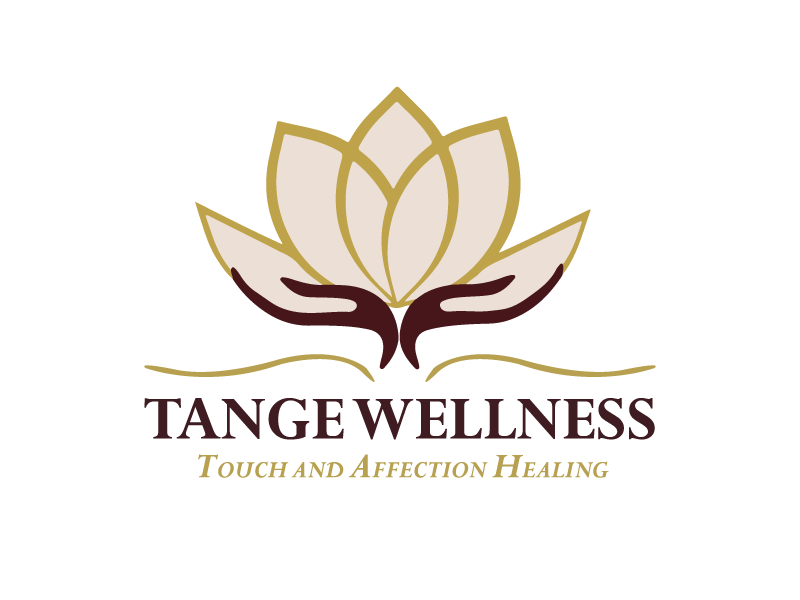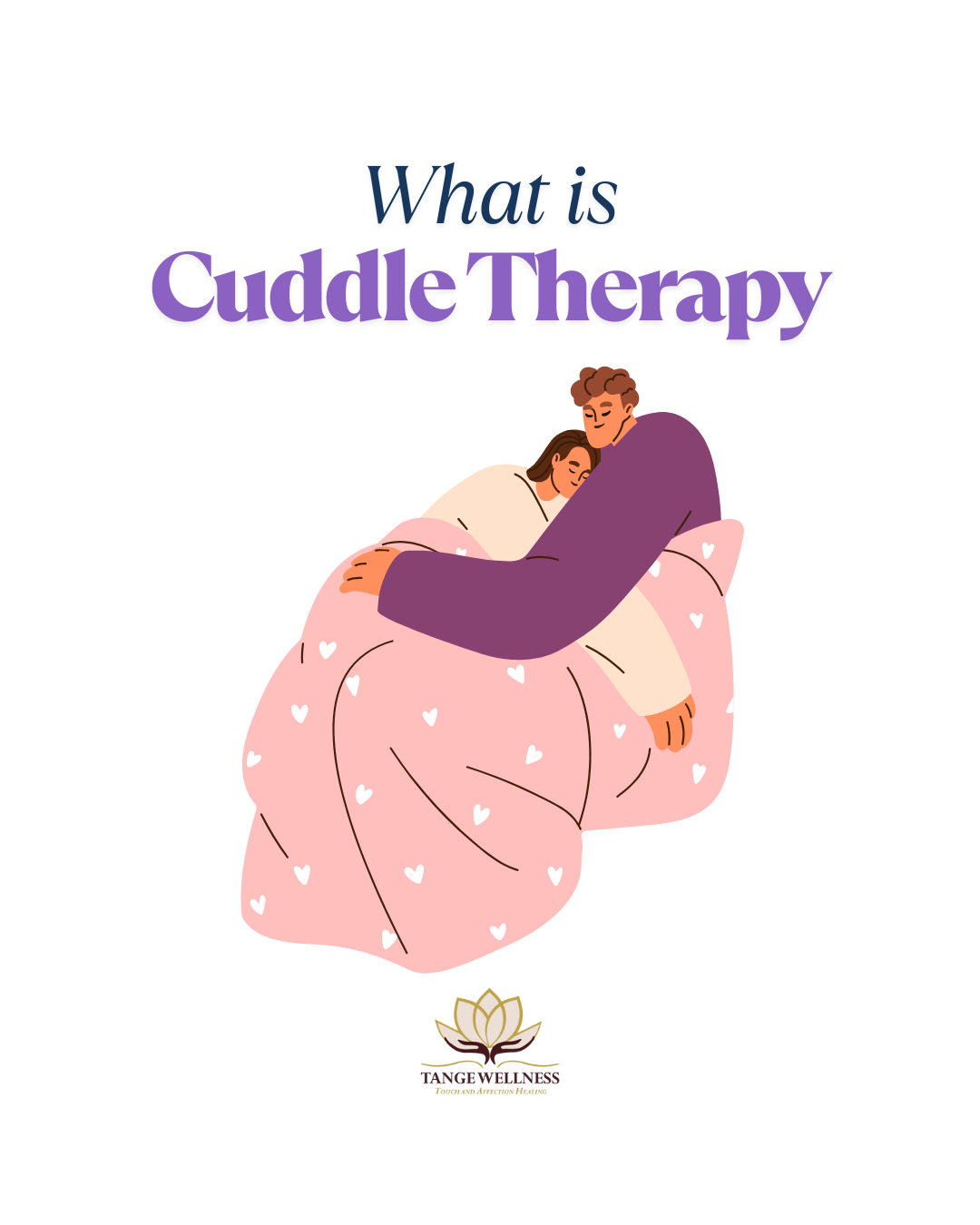Ongoing consent, clear roles, and paced touch help the nervous system settle. When the body knows what is happening and why, it can stop bracing and start receiving.
All in Platonic Touch Therapy
What New Research Reveals About Professional Cuddling
Consent leads every step of a professional cuddle session. New research on professional cuddling shows how clear expectations, ongoing inquiries, and kind “no’s” make platonic touch healing and safe.
What Is Bidirectional Therapeutic Touch
Most touch-based healing modalities focus on receiving, but what happens when we allow ourselves to give? Bidirectional therapeutic touch invites mutuality into the healing space restoring confidence, calming the nervous system, and helping us rewrite our relationship with touch.
A Trauma-Informed Approach to Healing Through Touch
Cuddle therapy is more than comfort, it’s a space to feel safe, held, and fully human. In this blog, I explain how trauma-informed touch can support healing, nervous system regulation, and a deeper sense of connection.
Safety Isn’t Always Comfortable and That’s Okay
Ever felt your body tense up even though you knew you were safe? You’re not alone. In this blog, I explore the difference between comfort, safety and why that distinction matters deeply in healing work like cuddle therapy.
A Love Letter to Empty Nesters
Becoming empty nesters is more than a life transition. It's an invitation to fall in love again. This blog offers insight, hope, and gentle guidance for couples navigating reconnection after the kids leave home
A Workshop That Brought Me to Tears
This workshop cracked me open in the most beautiful way. I cried, I connected, and I came home to myself. Here’s what I learned from three days of vulnerability, embodiment, and radical self-compassion.
The Stigma Around Cuddle Therapy & Therapeutic Touch & Why It Needs to Change
Talk ttherapists acknowledge the power of touch, yet rarely refer clients to cuddle therapists. Why? Misconceptions, fear, and outdated training. It’s time for that to change.
Why Does Touch Have to Equal Sex?
Touch isn’t tied to romance or attraction. It’s a fundamental human need for connection, belonging, and being seen for who we are.










